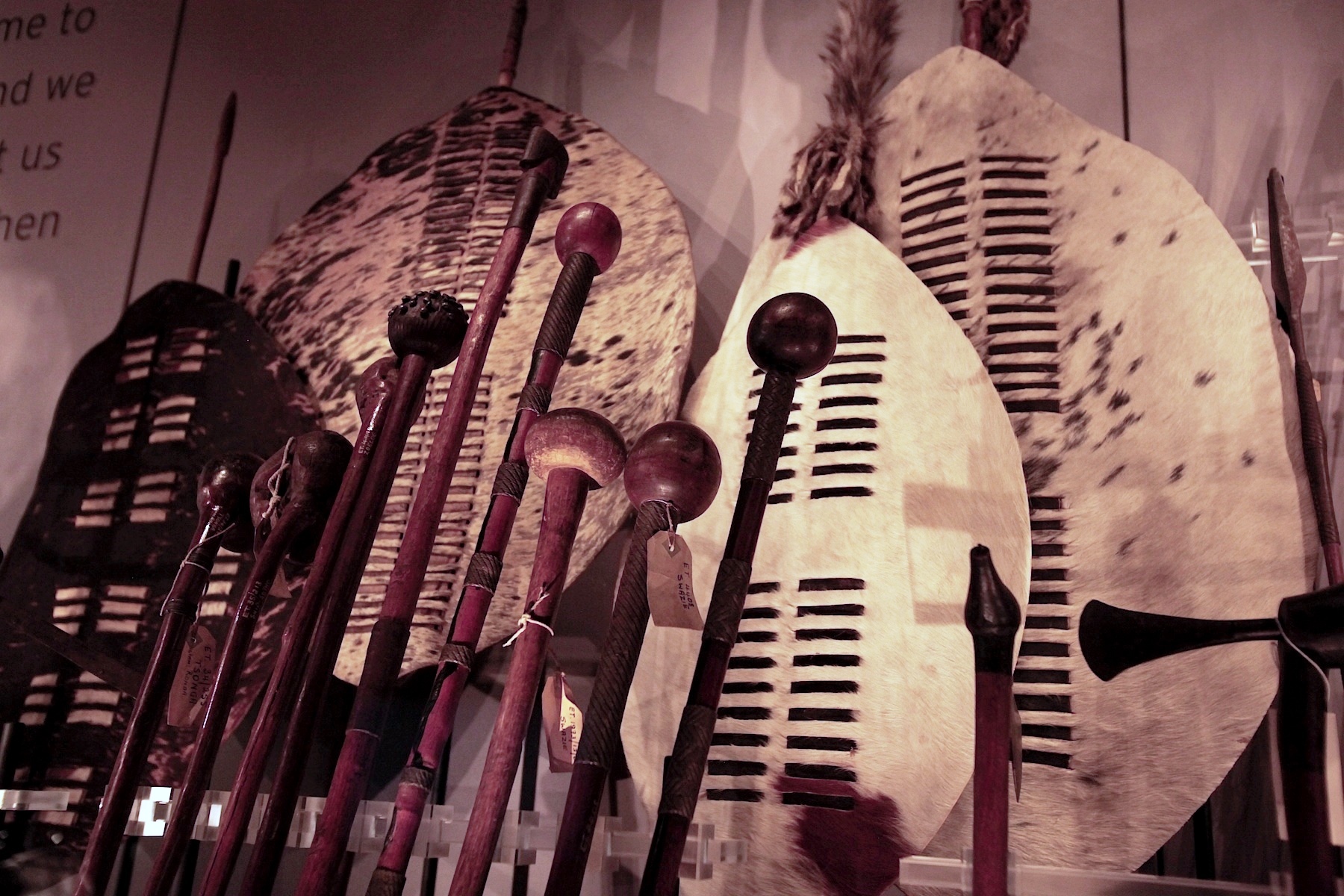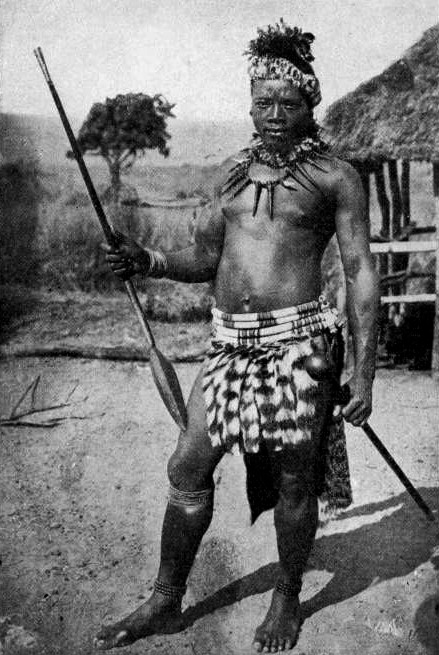|
Matabele Rebellion
The Second Matabele War, also known as the Matabeleland Rebellion or part of what is now known in Zimbabwe as the First ''Chimurenga'', was fought between 1896 and 1897 in the region later known as Southern Rhodesia, now modern-day Zimbabwe. It pitted the British South Africa Company against the Matabele people, which led to conflict with the Shona people in the rest of Southern Rhodesia. In March 1896, the Matabele revolted against the authority of the British South Africa Company. The ''Mlimo'' (or ''M'limo'', or ''Umlimo'') the Matabele spiritual leader, was credited with fomenting much of the anger that led to this confrontation. He convinced the Matabele and the Shona that the settlers (almost 4,000-strong by then) were responsible for the drought, locust plagues and the cattle disease rinderpest ravaging the country at the time. The Mlimo's call to battle was well-timed. Only a few months earlier, the British South Africa Company's Administrator General for Matabelelan ... [...More Info...] [...Related Items...] OR: [Wikipedia] [Google] [Baidu] |
Matabele War (other) (1896–97); also called the Matabeleland Rebellion or the First ''Chimurenga''
{{Disambig ...
The Matabele War may refer to: *The First Matabele War (1893) *The Second Matabele War The Second Matabele War, also known as the Matabeleland Rebellion or part of what is now known in Zimbabwe as the First ''Chimurenga'', was fought between 1896 and 1897 in the region later known as Southern Rhodesia, now modern-day Zimbabwe. ... [...More Info...] [...Related Items...] OR: [Wikipedia] [Google] [Baidu] |
Rinderpest
Rinderpest (also cattle plague or steppe murrain) was an infectious viral disease of cattle, domestic buffalo, and many other species of even-toed ungulates, including gaurs, buffaloes, large antelope, deer, giraffes, wildebeests, and warthogs. The disease was characterized by fever, oral erosions, diarrhea, lymphoid necrosis, and high mortality. Death rates during outbreaks were usually extremely high, approaching 100% in immunologically naïve populations. Rinderpest was mainly transmitted by direct contact and by drinking contaminated water, although it could also be transmitted by air. After a global eradication campaign starting in the mid-20th century, the last confirmed case of rinderpest was diagnosed in 2001. On 14 October 2010, the United Nations Food and Agriculture Organization (FAO) announced that field activities in the decades-long, worldwide campaign to eradicate the disease were ending, paving the way for a formal declaration in June 2011 of the global eradica ... [...More Info...] [...Related Items...] OR: [Wikipedia] [Google] [Baidu] |
Knobkerry
A knobkerrie, also spelled knobkerry, knobkierie, and knopkierie (Afrikaans), is a form of wooden club, used mainly in Southern and Eastern Africa. Typically they have a large knob at one end and can be used for throwing at animals in hunting or for clubbing an enemy's head. For the various peoples who use them, they often have marked cultural significance. Being able to carry the knobkerrie has also had a political dimension, especially in South Africa. Name The name derives from the Afrikaans word ''knop'', meaning ''knob'' or ''ball'' and the Khoekhoe or San word ''kirri'', meaning walking stick. The name has been extended to similar weapons used by the native peoples of Australia, the Pacific islands and other places, and was also used in the British army. Uses in southern Africa and abroad Knobkerries were an indispensable weapon of war both in Africa and abroad. In Africa, the weapon found particular use among Nguni peoples. Among the Zulu people they are known as ''i ... [...More Info...] [...Related Items...] OR: [Wikipedia] [Google] [Baidu] |
Assegai
An assegai or assagai (Arabic ''az-zaġāyah'', Berber languages, Berber ''zaġāya'' "spear", French language, Old French ''azagaie'', Spanish ''azagaya'', Italian ''zagaglia'', Middle English ''lancegay'') is a pole weapon used for throwing, usually a light spear or javelin made up of a wooden handle and an iron tip. Area of use The use of various types of the assegai was widespread all over Africa and it was the most common weapon used before the introduction of firearms. The Zulu people, Zulu, Xhosa people, Xhosa and other Nguni people, Nguni tribes of South Africa were renowned for their use of the assegai. ''Iklwa'' Shaka of the Zulu people, Zulu invented a shorter stabbing spear with a two-foot (0.61 m) shaft and a larger, broader blade one foot (0.3 m) long. This weapon is otherwise known as the ''iklwa'' or ''ixwa'', after the sound that was heard as it was withdrawn from the victim's wound. The traditional spear was not abandoned, but was used to ranged we ... [...More Info...] [...Related Items...] OR: [Wikipedia] [Google] [Baidu] |
Winchester Rifle
Winchester rifle is a comprehensive term describing a series of lever action repeating rifles manufactured by the Winchester Repeating Arms Company. Developed from the 1860 Henry rifle, Winchester rifles were among the earliest repeaters. The Model 1873 was particularly successful, being marketed by the manufacturer as "The Gun That Won the West". Predecessors In 1848, Walter Hunt of New York patented his "Volition Repeating Rifle" incorporating a tubular magazine, which was operated by two levers and complex linkages. The Hunt rifle fired what he called the "Rocket Ball", an early form of caseless ammunition in which the powder charge was contained in the bullet's hollow base. Hunt's design was fragile and unworkable, but in 1849, Lewis Jennings purchased the Hunt patents and developed a functioning, if still complex rifle. This version was produced in small numbers by Robbins & Lawrence of Windsor, Vermont until 1852. Horace Smith and Daniel Wesson of Norwich, Connectic ... [...More Info...] [...Related Items...] OR: [Wikipedia] [Google] [Baidu] |
Big-game Hunter
Big-game hunting is the hunting of large game animals for meat, commercially valuable by-products (such as horns/antlers, furs, tusks, bones, body fat/oil, or special organs and contents), trophy/taxidermy, or simply just for recreation ("sporting"). The term is often associated with the hunting of Africa's "Big Five" games (lion, African elephant, Cape buffalo, African leopard, and rhinoceros), and with tigers and rhinoceroses on the Indian subcontinent. History Hunting of big game for food is an ancient practice, possibly arising with the emergence of ''Homo sapiens'' (anatomically modern humans), and possibly pre-dating it, given the known propensity of other great apes to hunt, and even eat their own species. The Schöningen spears and their correlation of finds are evidence that complex technological skills already existed 300,000 years ago, and are the first obvious proof of an active (big game) hunt. ''H. heidelbergensis'' already had intellectual and cognitive sk ... [...More Info...] [...Related Items...] OR: [Wikipedia] [Google] [Baidu] |
Frederick Selous
Frederick Courteney Selous, DSO (; 31 December 1851 – 4 January 1917) was a British explorer, officer, professional hunter, and conservationist, famous for his exploits in Southeast Africa. His real-life adventures inspired Sir Henry Rider Haggard to create the fictional Allan Quatermain character. Selous was a friend of Theodore Roosevelt, Cecil Rhodes and Frederick Russell Burnham. He was pre-eminent within a group of big game hunters that included Abel Chapman and Arthur Henry Neumann. He was the older brother of the ornithologist and writer Edmund Selous. Early life and exploration Frederick Courteney Selous was born on 31 December 1851 at Regent's Park, London, as one of the five children of an aristocratic family, third generation of part-Huguenot heritage. His father, Frederick Lokes Slous (original spelling) (1802–1892), was Chairman of the London Stock Exchange and his mother, Ann Holgate Sherborn (1827–1913), was a published poet. One of his uncles was a pai ... [...More Info...] [...Related Items...] OR: [Wikipedia] [Google] [Baidu] |
Matobo Hills
The Matobo National Park forms the core of the Matobo or Matopos Hills, an area of granite kopjes and wooded valleys commencing some south of Bulawayo, southern Zimbabwe. The hills were formed over 2 billion years ago with granite being forced to the surface, this has eroded to produce smooth "whaleback dwalas" and broken kopjes, strewn with boulders and interspersed with thickets of vegetation. Matopo/Matob was named by the Lozwi, who are the ancestors of Kalanga. A different tradition states that the first King , Mzilikazi Khumalo when told by the local residents that the great granite domes were called madombo he replied , possible half jest, "We will call them matobo" - an IsiNdebele play on 'Bald heads'. The Hills cover an area of about 3100 km² (1200 sq mi), of which 424 km² (164 sq mi) is National Park, the remainder being largely communal land and a small proportion of commercial farmland. The park extends along the Thuli River, Thuli, Mtshelele Riv ... [...More Info...] [...Related Items...] OR: [Wikipedia] [Google] [Baidu] |
Lobengula
Lobengula Khumalo (c. 1845 – presumed January 1894) was the second and last official king of the Northern Ndebele people (historically called Matabele in English). Both names in the Ndebele language mean "the men of the long shields", a reference to the Ndebele warriors' use of the Nguni shield. Background The Matabele were descendants of a faction of the Zulu people who fled north during the reign of Shaka following the ''mfecane'' ("the crushing") or ''difaqane'' ("the scattering"). Shaka's general, Mzilikazi led his followers away from Zulu territory after a falling-out. In the late 1830s, they settled in what is now called Matabeleland in western Zimbabwe, but they claimed sovereignty over a much wider area. Members of the tribe had a privileged position against outsiders whose lives were subject to the will of the king. In return for their privileges, however, the Ndebele people both men and women had to submit to a strict discipline and status within the hierarchy. Tha ... [...More Info...] [...Related Items...] OR: [Wikipedia] [Google] [Baidu] |
Kraal
Kraal (also spelled ''craal'' or ''kraul'') is an Afrikaans and Dutch word, also used in South African English, for an enclosure for cattle or other livestock, located within a Southern African settlement or village surrounded by a fence of thorn-bush branches, a palisade, mud wall, or other fencing, roughly circular in form. It is similar to a '' boma'' in eastern or central Africa. In Curaçao, another Dutch colony, the enclosure was called "koraal" which in Papiamentu is translated "kura" (still in use today for any enclosed terrain, like a garden). Etymology In the Afrikaans language a ''kraal'' is a term derived from the Portuguese word , cognate with the Spanish-language , which entered into English separately. In Eastern and Central Africa, the equivalent word for a livestock enclosure is '' boma'', but this has taken on wider meanings. In some Southern African regions, the term Kraal is used in Scouting to refer to the team of Scout Leaders of a group. Homestead Th ... [...More Info...] [...Related Items...] OR: [Wikipedia] [Google] [Baidu] |








_-_Copy.jpg)